Bad weather photography tips
Okay lets start by dispelling a myth. Photographers don’t melt if they get wet. If the weather looks frightful to others photographers know it often means exceptional photographs. In extreme weather you will need to take care of your equipment and potentially yourself but if it’s safe for you to be outside it’s possible to take photographs. Fortunately it can be very easy to look after your equipment and yourself. You’ll find bad weather photography tips are fairly simple to understand and implement.
Fog
Fog is the easiest weather to deal with. Neither you nor your equipment will need any special care. It is a good idea to have some protection if the weather turns from fog to rain but in general fog isn’t a problem.
Ice and snow
Ice and snow on the other hand can be a bit more problematic. Not so much because of the snow but because of the cold temperatures. Batteries aren’t big fans of cold weather. The colder the weather the shorter the battery life. Assuming your camera takes replaceable batteries the simple trick is to carry a second or even third battery with you. Keep these batteries in an internal pocket. By having the battery near your body your own body heat will keep the battery warm. If you end up changing batteries put the now cold battery into that warm pocket. Once it warms up it’ll likely give you many more photographs.
The snow itself isn’t a huge issue. If you keep a cloth or towel in your bag just wipe it off. But the cold and dry air will become an issue once you return to your warm hotel room. Cold metal and glass will result in the room moisture condensing on your camera. Electronics don’t like moisture but neither does glass. Fortunately it’s relatively easy to deal with this. BEFORE returning to your hotel place your equipment in a closed plastic bag. Camera and lenses. The bag doesn’t need to be fancy or expensive. A grocery store bag will work here. Just close it up tight and leave the bundle inside your sealed camera bag or backpack. Once the camera has warmed up to room temperature the risk will have passed.
RAIN!
Okay the hard part. Rain represents the most problematic type of weather. Any bad weather photography tips risk tripping up on rain. Expensive professional cameras are built to handle some rain. So are professional lenses. But most consumer grade equipment will be destroyed by any moisture. You need to protect your equipment in addition to yourself.
Your first level of protection is going to be your backpack or camera bag. If the weather is frightful don’t skimp. A flimsy bag will first let the moisture in then it’ll trap it near your equipment. A double betrayal.
[amazon_link asins=’B01C4AB804,B008O8EGOQ,B01C4ABBDI|B01C4ABAC0,B01C4ABBDI,B01C4AB9AS|B008O8FRCG,B01C4ABBDI,B01C4AB804|B008O8FRCG,B01C4AB9AS,B01C4ABAC0′ template=’ProductGrid’ store=’travel06b-21|raveleick-20|travel07b-21|zentena-21′ marketplace=’UK|US|IT|ES’ link_id=’30c6965d-1c5c-11e8-a417-cba2d24c65d9′]
Okay you have your gear safely tucked into it’s backpack. Not much use in there is it? You’ll want to take the camera out every so often to take a photograph. Fortunately this is cheaper. Make sure the cover you get is the right size for both your camera and lens. If you’re actually using a flash then the cover will need to be big enough for that.
[amazon_link asins=’B000PTFDYO,B015FFBPCQ|B01IMI9P52,B000PTFDYO,B017KOJWMU|B000PTFDYO,B00G8VBAW2,B0135KYBCE|B00G8VBAW2,B01B4K95QY’ template=’ProductGrid’ store=’travel06b-21|raveleick-20|travel07b-21|zentena-21′ marketplace=’UK|US|IT|ES’ link_id=’73d62ec4-1c5e-11e8-b1fa-6ba9939c2024′]
If you’re carrying a backpack or other larger camera bag use the space for a towel or rag. Include a few plastic bags. Heavy duty garbage bags may not be pretty but they can save you. The towel will let you wipe off surface moisture so it doesn’t just soak into things. Even if your camera is waterproof you don’t want your pack getting moldy. The garbage bag means if that light mist turns into a torrential downpour you can cover your pack for add protection. You can even cut a neck hole into and use it like rain poncho. The fashion police won’t approve but you’ll be dry. Obviously you could actually bring a light weight rain coat but the garbage bag will cover up more then your person.
It’s a grey world
If the weather is grey and dreary don’t think this is a problem. Instead think black and white. For those of us that grew up with B&W film this isn’t a huge problem. For those that are new to a monochromatic world it may be a surprise to learn that an absence of colour can communicate no less than an explosion of colour.
A final couple of bad weather photography tips plan and embrace the weather. . Bad weather shouldn’t be a surprise. Bad weather on your vacation
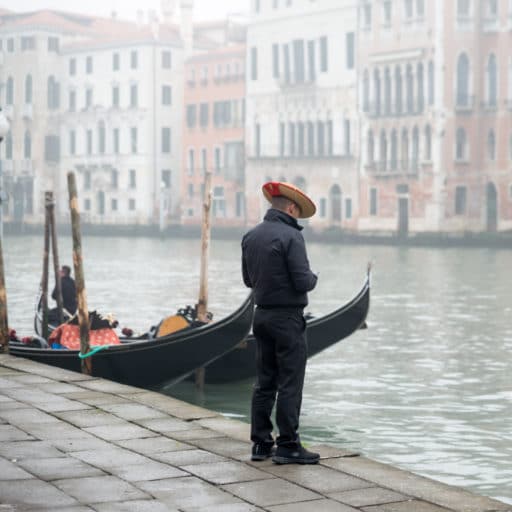
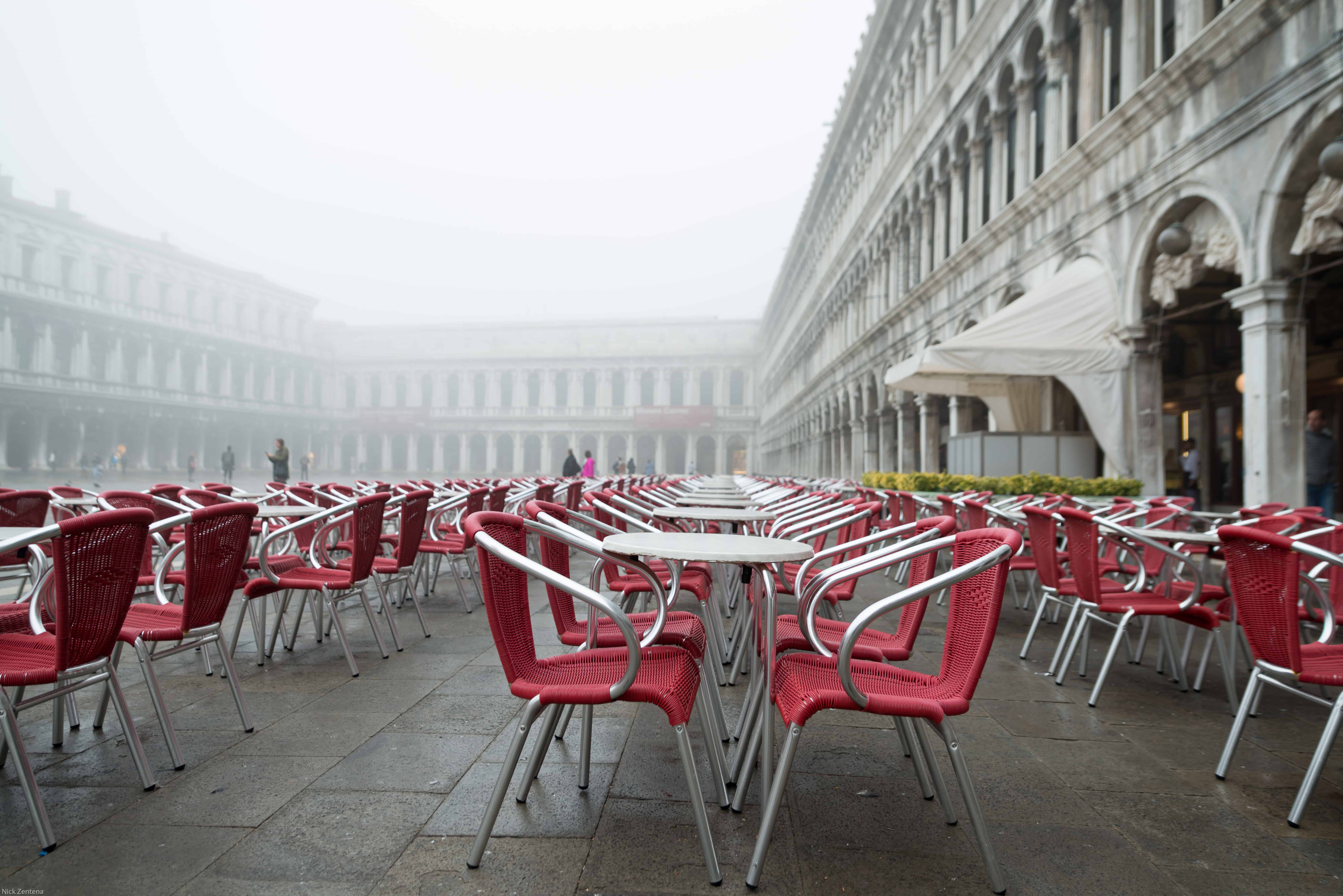
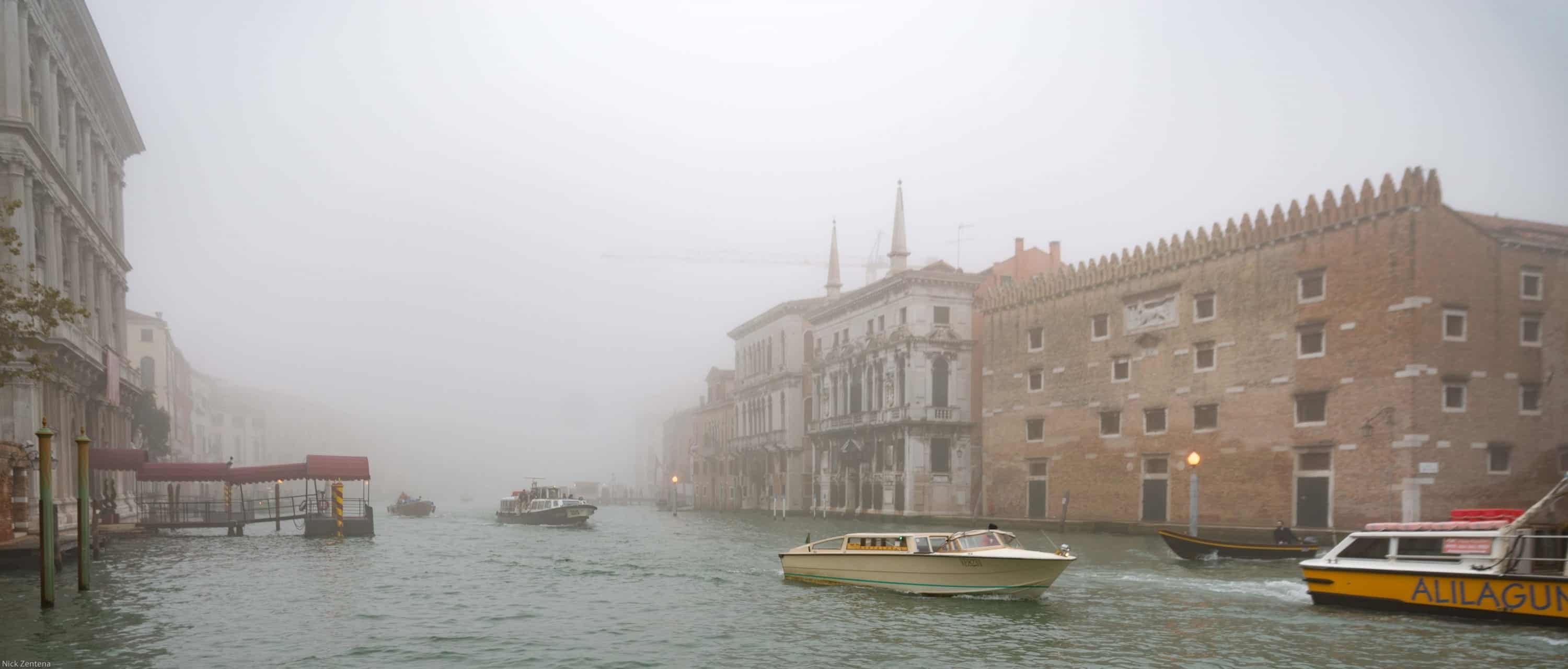
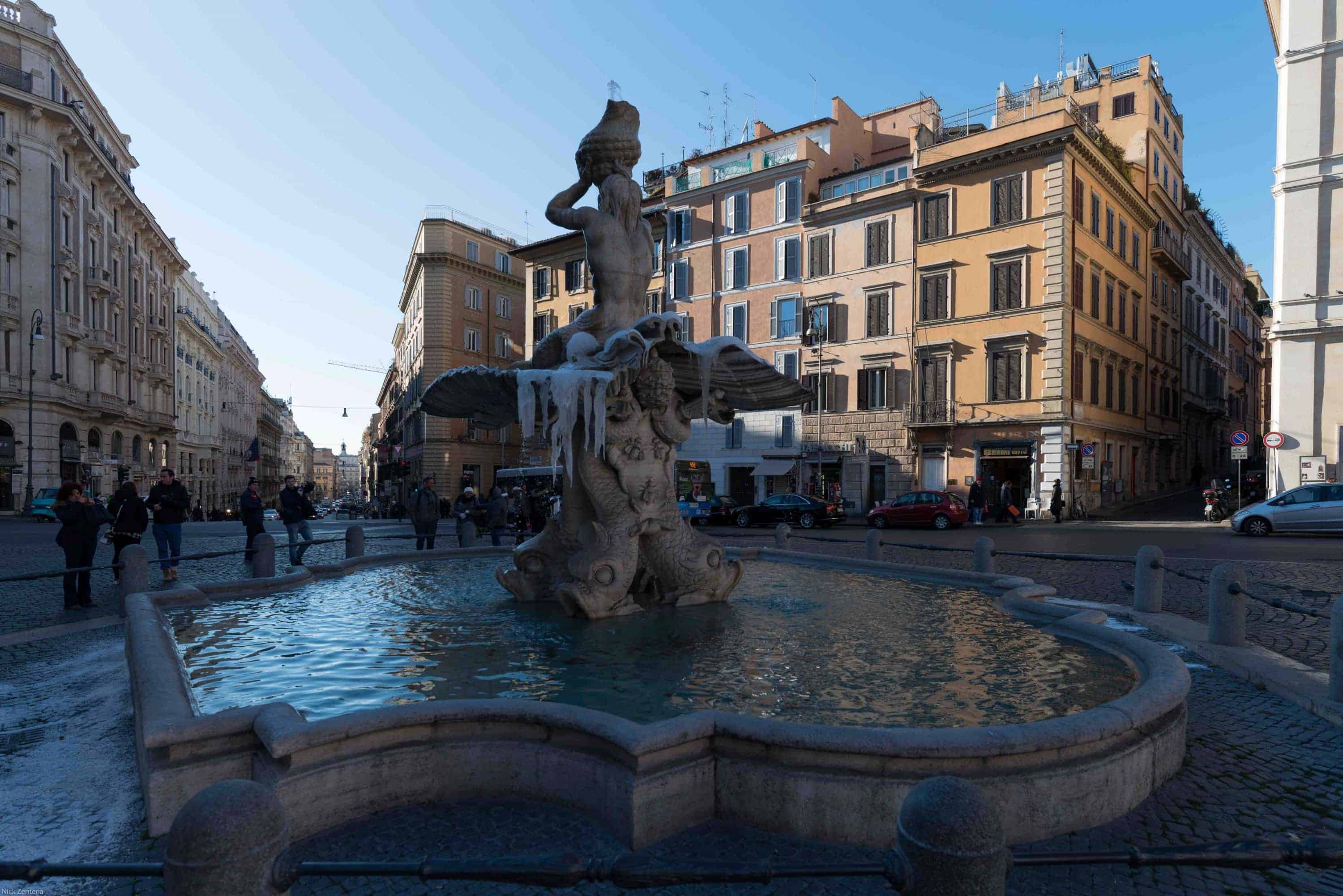
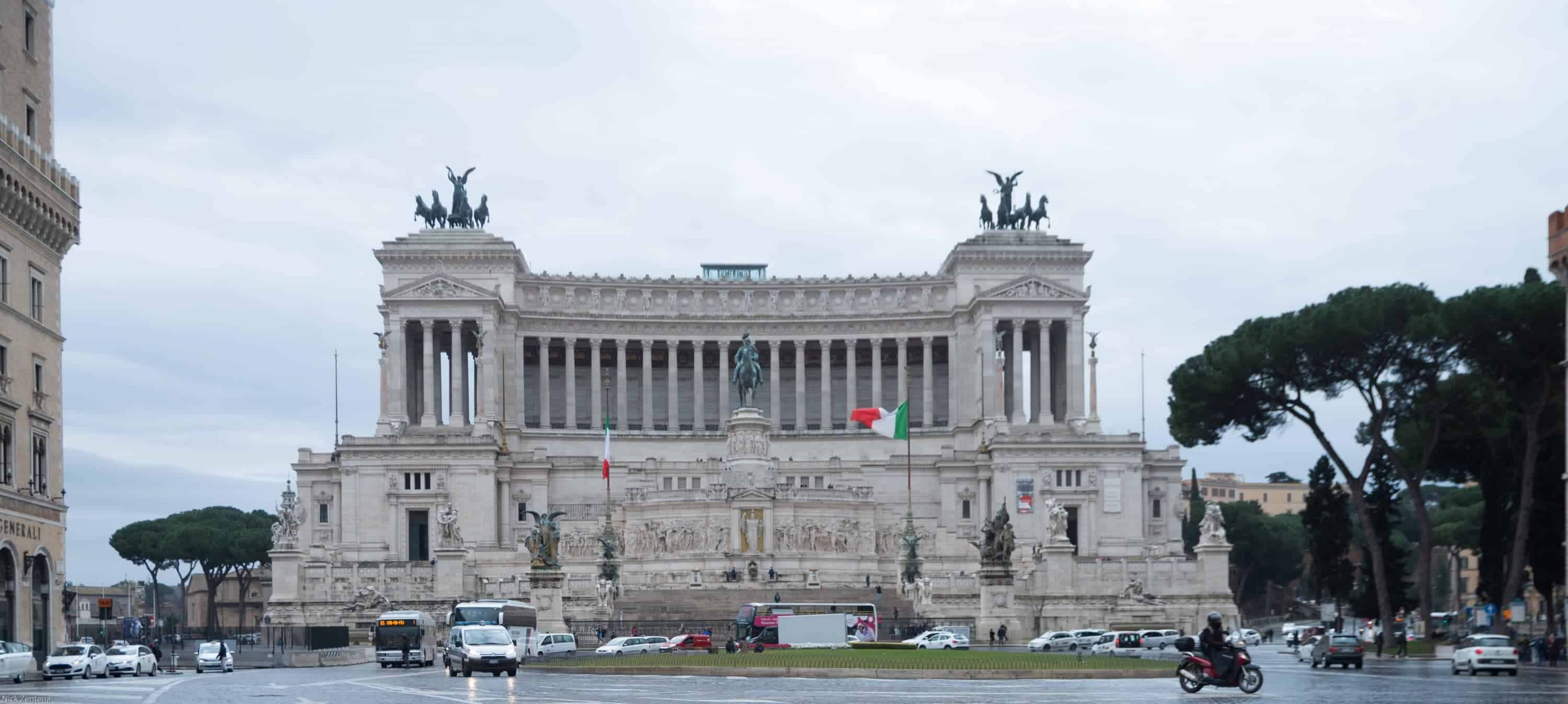
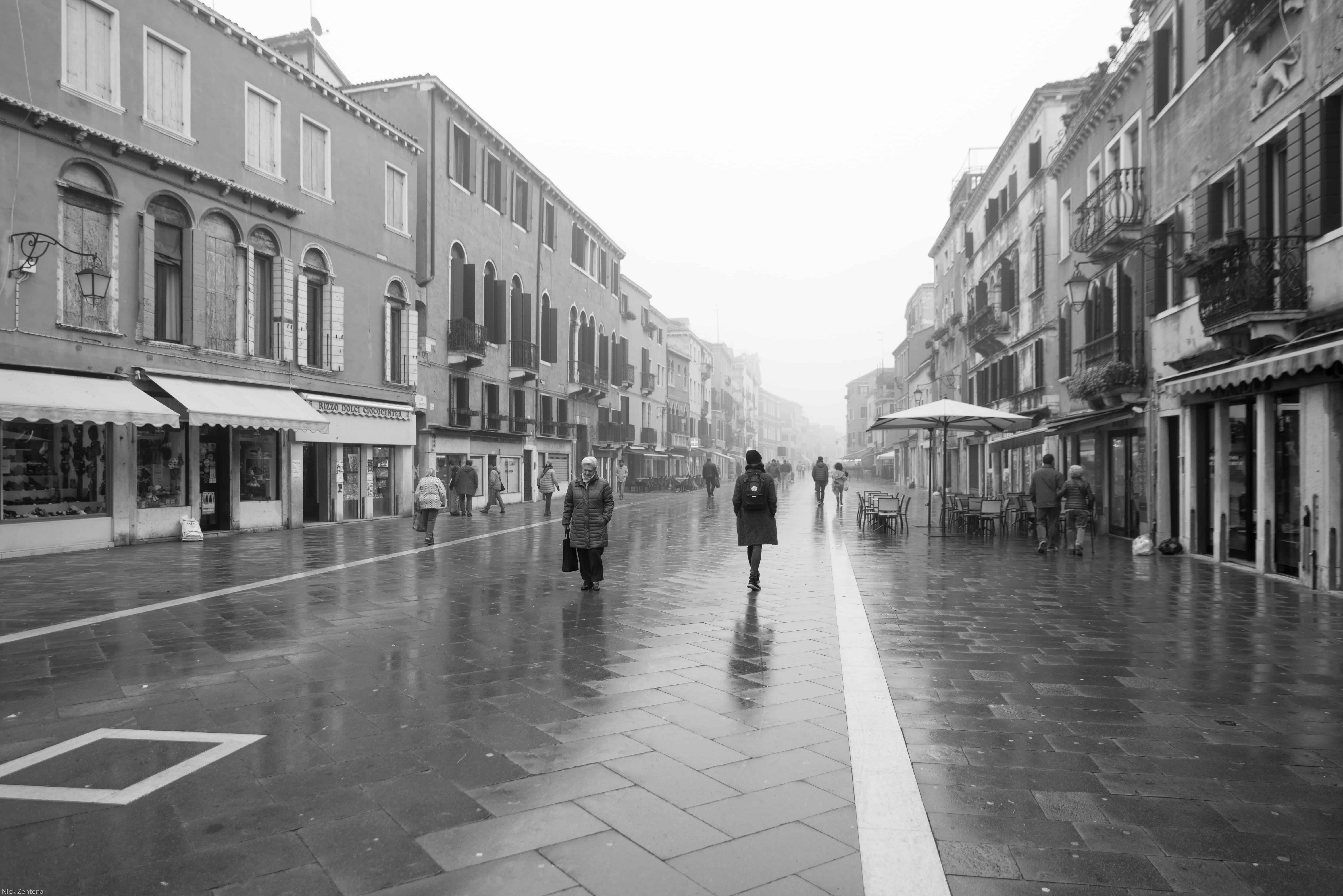

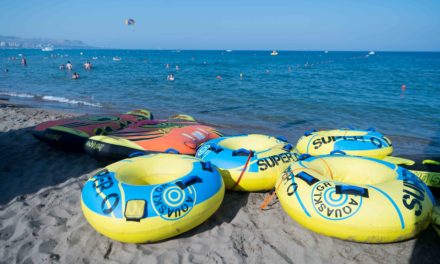
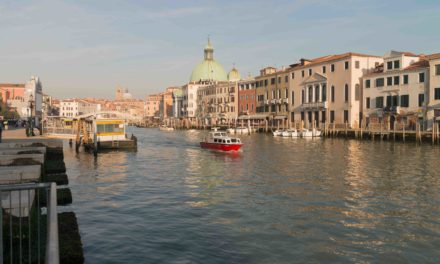

This is really useful, thank you!
Grey days are the worst–photos just aren’t as vibrant then. Sometimes fog photos are cool, though early morning mist is even better. And rain just requires a bigger umbrella or some shelter.
Most of the great historic photos are in B&W. Colour can distract from the subject.
These are great tips.
I’m not a photographer, but I plan to give it a go one day. This article gave me another reason to want to get a camera – it could be a good excuse to get out on grey days.
Thank you for sharing these tips. Sometimes getting some shots in the rain are amazing though! Even if it may be a little more challenging. I have found in the evening with that natural lighting is the best for photos. That golden rich color is amazing for shots.
I enjoy reading this post and those tips are so great. Now I know how hard the work of a photographer, you have so many things that need to consider like the weather and you equipment.
This is really cool. I’d love to improve on my photography skills when we travel and it would be nice to learn more about how to work with the different weather related issues we can encounter.
You have given some great tips here! Rain has never been too much of an issue for me but grey cloudy days however! Gosh I needed this post haha
Top tips, always good to have photo tips especially bad weather ones! 🙂 x
Great tips! I find it so much easier to photograph in the summer so this is so helpful for the winter/’autumn months when everything is a little duller and wetter!
Great tips! I always afraid in the rainy weather. My camera doesn’t like water.
xx
http://www.pinkpepperparadise.com
With the Oh So AWFUL rain here, this blog is a blessing! It has been raining non-stop in mumbai!
Lovely tips! I love sunshine and summers when taking photos. My camera is actually one of those expensive waterproof ones (Canon EOS 6D) but I just personally hate being wet or cold while photographing haha. However, pictures during rainy days can be very cool and special.
Great tips here. I have bookmarked the post for reference. There is nothing more frustrating for me than to have to take photos on a bad weather day.
I always have trouble in bad weather. These are such great tips for grabbing great images no matter the day!
Such great tips! And I love your foggy photos!
Funny, my husband and I were on our honeymoon in Italy back in 2010 and took the same photo shots of our visit in Venice that are in this post. Great tips, btw!
love the tips… i’m not a photographer but i do dabble for Instagram 😉 i’m sharing these tips with my brother who is tied to the hip with his camera.
these are some super helpful tips. i only do a little bit of photography, but these are definitely helpful hints.